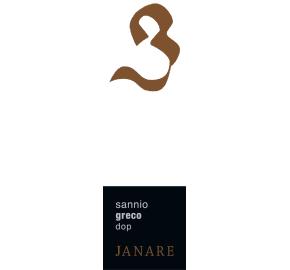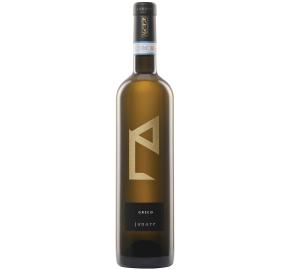This product is no longer available. Please choose another vintage above.
Janare - Sannio Greco 2022
- Producer
- Blend 100% Greco di Tufo
- Country Italy
- Region Campania
- Appellation Greco Di Tu Fo
- UPC 0 15643 55245 8
Tasting notes
Straw yellow in color with a bouquet of peaches, citrus, honey and almonds with nuances of yellow flowers. Medium bodied and almost creamy in the mouth with flavors of honey and excellent acidity.
Description
Greco di Tufo is named after the tiny town of Tufo in Avellino, Campania. The name Tufo is derived from “tuff;” the soft, volcanic rock that makes up the subsoil of the region. This distinctive soil is thought to impart a particular minerality to the wine flavor profile. Greco di Tufo, is the oldest grape variety of the Avellino area. It was imported from the Greek region of Thessaly by the Pelasgian peoples.
Estate
The farming co-operative, La Guardiense, was founded over 60 years ago by 33 farsighted, collaborative farmers. Today membership has grown to nearly 1,000, but still only managing a total of about 1,500 hectares meaning that the fruit comes from a large selection of very small family owned vineyards. The winery is situated in the Santa Lucia area of Guardia Sanframondi in the very heart of the southern Italian province of Benevento. The land is full of undulating hills and expansive plains, each helping create a patchwork of micro-climates protecting the vines from the greatest excesses of the local heat and cold and ensuring the resulting wines are of the highest quality. Cover crops are grown amongst the vines to force the vines to root deeply. Great attention is paid to the environmental sustainability which is adopted at each stage of the transformation process using renewable energy produced by its own innovative photovoltaic system. Combine this with having Ricardo Cotarella at the helm who is one of the best known and most respected winemakers in Italy, this is proof that Cooperative winemaking is not to be sniffed at.
Food pairing
Ideal with appetizers, seafood-based dishes or with fried fishes, oysters, lobster and shellfish. Also excellent with buffalo Mozzarella and eggplant parmigiana.
Vinification
Grown in limestone & clay-based soils and produced from 10 year old vines, this classic Greco was cold-macerated and pressed into temperature controlled fermentation tanks for 20 days. The final wines were rested and then bottled the February after the harvest.


